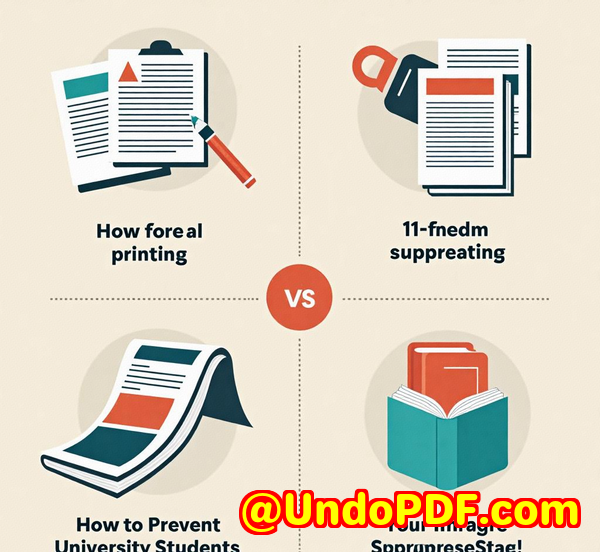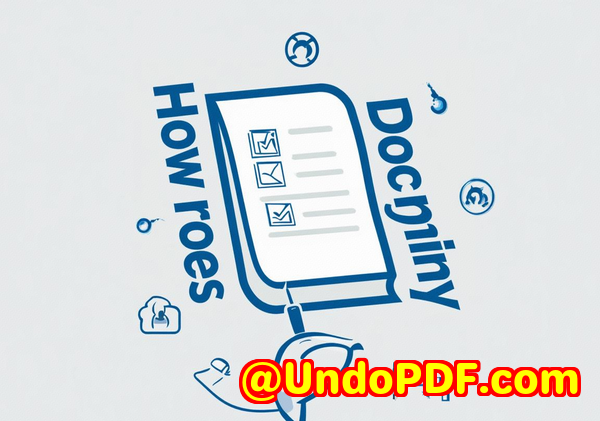Why Developers Choose VeryPDF SPL to PDF Converter for Secure, High-Volume File Conversions
Why Developers Choose VeryPDF SPL to PDF Converter for Secure, High-Volume File Conversions
Every developer has been there. You’re dealing with a massive number of print spool files that need to be converted into more manageable formats. It’s tedious, time-consuming, and frankly, it feels like a process straight out of a nightmare. For anyone who works with Windows Spool Files (SPL), you’ve probably spent too much time wrestling with convoluted workflows. But imagine a tool that can solve that problem in a blinkenter VeryPDF SPL to PDF Converter Command Line SDK for Developers.

This isn’t just another converter. It’s the solution you never knew you needed, specifically designed to handle high-volume file conversions, securely process documents, and integrate seamlessly into your applications. In this post, I’ll walk you through the features that make this tool a must-have for developers in various industries, including personal experiences and insights into its core advantages.
Why Choose VeryPDF SPL to PDF Converter?
When you’re working in development, time and efficiency are everything. What if you had a tool that allowed you to convert SPL (Windows Spool Files) to PDF, TIFF, JPG, and many other formats with just a few lines of code? Not only that, but what if this conversion could happen in bulk, and you could easily integrate the tool into your applications with minimal hassle?
That’s exactly what VeryPDF SPL to PDF Converter offers, and I’ll tell you why it’s a game-changer.
What Does VeryPDF SPL to PDF Converter Do?
At its core, this tool provides a command-line interface that allows developers to convert SPL files, which are created when printing documents through Windows, into several widely-used formats like PDF, TIFF, BMP, and more. But that’s just the beginning. The tool supports various input formats such as:
-
SPL
-
EMF-SPL
-
Postscript
-
XPS
-
PCL
-
PXL (PCL-XL)
-
EPS
-
PRN
-
TSC POS Label Printer SPL
It then converts them into formats like:
-
PDF (including encrypted PDFs with custom restrictions)
-
Postscript & PS
-
BMP, PNG, TIFF
-
JPG, GIF, ICO
-
TGA, WMF, J2K
Who Would Benefit from This Tool?
Let’s break it down: developers, system admins, businesses in need of handling high volumes of print spool filesthis tool is for you.
Key Industries That Benefit:
-
Enterprise IT Teams: If you’re managing large server environments, this tool can handle bulk conversions from various file formats to PDF and image formats. It’s perfect for processing documents generated by office printers, fax servers, or automated report generation systems.
-
Legal & Compliance Teams: Legal teams working with document workflows that need to ensure secure document handling and enforce restrictions (like editing or copying) can implement SPL to PDF Converter to secure documents during conversion.
-
Manufacturing & Retail: Companies using TSC POS Label Printers or other specialized printers benefit from the tool’s ability to convert labels and reports into PDF, JPG, and other image formats for archiving, printing, or sharing.
The Core Features That Set This Tool Apart
As a developer myself, I’ve had my share of tools that claim to be “the one” for file conversion. But here’s why VeryPDF SPL to PDF Converter stands out from the crowd:
1. Multi-Format Conversion
This tool isn’t limited to just one or two formats. It supports a range of input and output formats, from PDF to TIFF, and even less common formats like WMF or JBG. Whether you’re processing print spool files, managing scanned images, or converting specialized labels, you’re covered.
2. High-Volume Bulk Conversions
If you’re working with thousands of files, you need speed. VeryPDF SPL to PDF Converter supports multithreaded conversion, ensuring that even under high loads, the process is efficient and fast. This makes it ideal for server-based applications, and it saves timean important factor for anyone in the tech world.
3. Customizable PDF Output
This is where the magic happens. You’re not just converting files to PDFyou have complete control over the PDF output. Here’s a list of the custom options available to you:
-
Document Description: Customize Title, Author, Subject, Keywords, etc.
-
Font Embedding: Keep the fonts consistent across different systems.
-
Encryption & Security: Set restrictions like printing, editing, copying, or metadata encryption. You can even set 128-bit RC4 encryption for sensitive documents.
These features are crucial for ensuring that your documents are as secure as possible, especially when dealing with confidential or proprietary data.
4. Extensive Programming Support
One of the highlights of the SPL to PDF Converter is how easy it is to integrate into your existing system. The tool comes with:
-
Command-line interface for automation
-
COM interface for easy integration into popular languages like C#, VB.NET, PHP, Python, JavaScript, and more
-
SDK support for more complex integrations
-
Cross-platform compatibility with support for both 32-bit and 64-bit versions of Windows
This makes the tool perfect for developers who want a simple, flexible solution that can be embedded into larger systems or applications with minimal coding.
5. Flexibility for Various Use Cases
From high-volume file conversions to single document transformations, this tool is perfect for:
-
Converting large batches of print jobs into more accessible formats for archiving or sharing
-
Automatically converting labels printed by industrial machines to easily shareable image formats
-
Transforming scanned contracts and invoices into PDFs with restricted access and encrypted protection
Real-World Experience: How I Saved Time and Headaches
I’ve been using VeryPDF SPL to PDF Converter for several months now, and the efficiency boost is noticeable. I used to dread the task of manually converting SPL files from the printer spool folder into usable formats. Not only was it a time-suck, but the tools I tried were clunky and unreliable.
With VeryPDF SPL to PDF Converter, I’ve automated the entire process. Here’s how it went down:
-
Initial Setup: The setup was incredibly straightforward. I integrated the command-line tool into my backend workflow with just a couple of lines of code. Even the custom output settings for PDF encryption were simple to configure.
-
Bulk Conversions: I ran a batch conversion of hundreds of SPL files into PDFs overnight. The multi-threading feature was a game-changer, and the entire process finished without a hitch.
-
Custom PDF Outputs: When I needed to create PDFs that required specific metadata and encryption, I simply toggled those options in the settings. The output was exactly what I needed.
In the end, VeryPDF SPL to PDF Converter saved me hours of manual work, especially for high-volume tasks. And let’s not forget the security featuresI was able to add restrictions to the PDFs so that the files couldn’t be tampered with or copied.
Final Thoughts & Why I Recommend This Tool
If you’re a developer, system administrator, or business looking to handle large volumes of print spool files efficiently and securely, then VeryPDF SPL to PDF Converter is a tool I highly recommend. Not only does it simplify complex conversions, but it also gives you complete control over the final output, ensuring that your documents are secure and ready for any task.
Start your free trial now and experience the difference: Try VeryPDF SPL to PDF Converter.
Custom Development Services by VeryPDF
If your project requires something beyond the standard features offered by VeryPDF SPL to PDF Converter, consider contacting VeryPDF for custom development services. Whether you need a tailored solution for your specific use case or a custom integration, VeryPDF’s team is ready to assist.
They offer custom development services for Linux, macOS, Windows, iOS, and Android platforms. From PDF security to OCR integration, VeryPDF can help you create the perfect tool for your business.
FAQs
1. How do I use the VeryPDF SPL to PDF Converter SDK?
Simply download the SDK, choose your preferred programming language, and integrate the provided API into your application. You can then use it to convert SPL files to the desired output formats.
2. Can I automate the conversion process with the command line interface?
Yes! The command-line interface allows you to automate file conversion processes, saving time and increasing productivity.
3. Does the converter support batch processing?
Yes, it supports bulk conversions, enabling you to convert multiple files at once, which is especially useful for high-volume operations.
4. Is the tool compatible with Windows Server versions?
Yes, the tool works on both desktop and server versions of Windows, including Windows Server 2000, 2003, 2008, 2012, and later.
5. What encryption options are available for PDFs?
You can set 128-bit RC4 encryption and apply various



